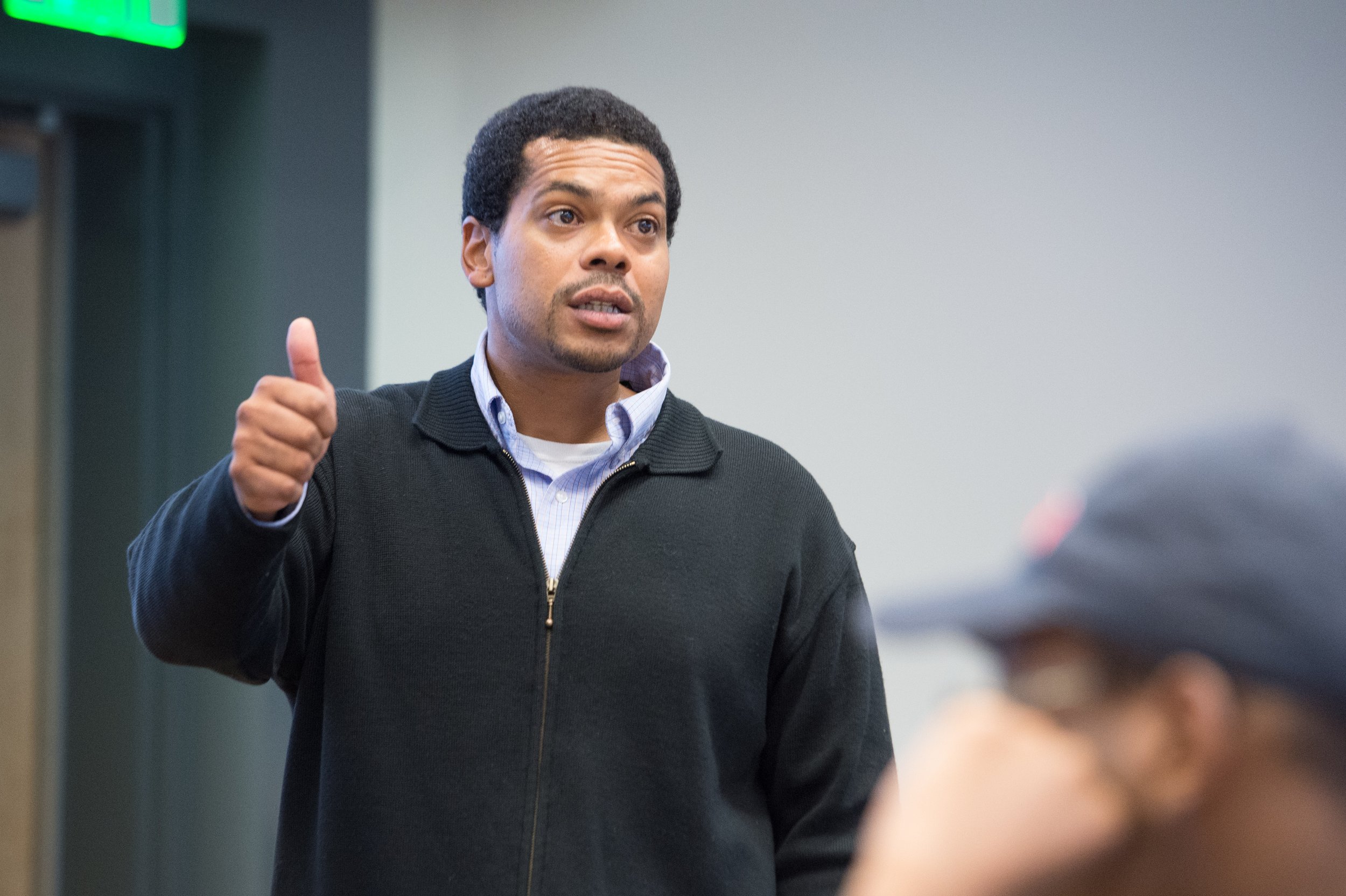Flowers of Buffalo: Videos Are Flowers
Flowers of Buffalo is a series exploring Buffalo, New York, from the grassroots to the flowers that bloom.
Thesis
I’m a recovering college professor. Teaching is my drug – it gets me high. But these “highs'' never last long, and my addiction was costing years off my life. The problem isn’t teaching; it’s learning – learning is the purpose of teaching, and I cannot tell when, how, or why people learn in college classrooms.
So to summarize, since 2007, I have been getting high off teaching, leading history classes at two different universities, and sharing my expertise with more than 1500 students until I resigned in 2023. In that period, I’ve struggled with anxiety and depression, I’ve fought off rashes and infections, and I’ve been hospitalized for stress-related conditions afflicting my heart, arms, and brain. Getting high on the job was killing me.
Antithesis
There’s nothing in life, to me, like a good class discussion. Discussion was the only teaching strategy in my college classroom that showed me if learning was happening. I knew from conversation with students whether the content “hit,” and if the students were beginning to develop their own questions and conclusions about the course material. When the conversation got going, I experienced euphoric levels of consciousness.
But a good discussion was elusive. I could get students talking without a hitch, but for them to talk about content effectively, the course materials had to be ingested. They had little appetite for reading. Now, any drug addict will tell you that without the right paraphernalia – the right tools – you’ll ruin your high. (No one drinks booze with a rolled-up $100 bill!)
The best tool I had in class was a short video. Students loved to watch a short clip on the big screen in class and talk about what they saw and heard. They protested written texts – I couldn’t get them to talk about reading FOR SHIT. But they foamed at the mouth with videos. Golly, the class discussion after a video got me ‘turned up.’
Synthesis
I’m a literary snob (of sorts). For me, the written word is the basis of communication – everything else is derivative. But people don’t read anymore. They still want the information that written communication makes possible, but increasingly the written texts are inaccessible to everyday people. Some might surmise it’s the ubiquity of written texts that make them so redundant in everyday people’s lives, but I disagree with that contention based on my experience in the classroom.
I think people simply do not understand what they are reading. Instead, they watch videos – baby food for comprehension. This communications ‘Gerber’ has been the butt of many of my snarky jokes, but recently I have had a change of heart. I’m a flower guy, photographing these living creatures incessantly for 5 or 6 years now. Yet, I know next to nothing about flower anatomy and its natural function in the environment. So, I set out to learn about flowers, reading encyclopedia articles, government and nonprofit organization web sites, and peer-reviewed biology journal articles.
Still, it was not until I watched a kids’ science video that I understood, and became conversant in, flowers.
Instructions
Let’s look inside a flower and discuss what we see:




